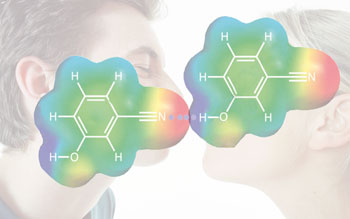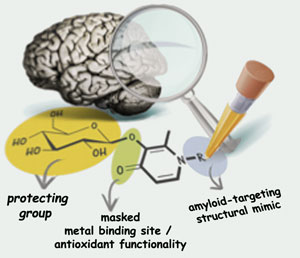A simple analysis of hydrogen bond strengths finds the best crystallisation partners for drugs, say UK scientists.
The properties of active pharmaceuticals can be altered by crystallising them with an inactive partner molecule in a cocrystal. Finding good cocrystal partners experimentally is time consuming, and current computational methods are laborious as they calculate the crystal structure, atom by atom. Cocrystals could provide new ways to deliver drugs and improve their properties, so the search for them is on.
Hydrogen bonds and other electrostatic interactions influence how molecules interact, and the energies of such gaseous interactions are straightforward to calculate. Chris Hunter and colleagues at the University of Sheffield, UK, University of Barcelona, Spain, and AstraZeneca, UK, assumed that these interactions don’t change in a solid crystal and that the crystal packing is less important than electrostatics. These are controversial assumptions but the calculations based on them work.

Find out more in Chemistry World and download the full Chemical Science Edge article for free.
Also of interest:
The role of functional group concentration in solvation thermodynamics
Niklaas J. Buurma, Joanne L. Cook, Christopher A. Hunter, Caroline M. R. Low and Jeremy G. Vinter, Chem. Sci., 2010, 1, 242-246
















